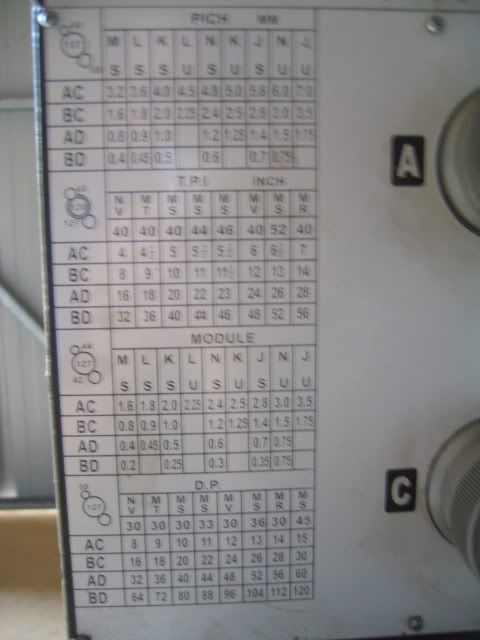L
Lew_Merrick_PE
Guest
Two things:
1) I have a PDF copy of the Sterling Products/Stock Drive Products Handbook of Gears that I am allowed to distribute (SP/SDP charges you for the paper version -- but even that is cheap). I have not uploaded anything here yet, but it should not be that hard to do (I built my first microcomputer in 1967).
2) I am in the process of redoing my spurgear marcos for General CADD (http://www.GeneralCADD.com -- plug, plug for some friends of mine) to comply with the recent changes in ISO gearing. Part of this, still "in-work." is a document explaining the macro in particular and spur gearing in general. The big thing is that I use a 2-arc approximation of an involute. [AGMA recommends using a 3-arc approximation.] The 2-arc system is reasonable for most hobbyist applications and fairly easy to grind a cutter for using Bob Porter's custom toolbit grinding set-up.
The SP/SDP Handbook of Gears gives you most all of the information in the ($90) AGMA Handbook.
1) I have a PDF copy of the Sterling Products/Stock Drive Products Handbook of Gears that I am allowed to distribute (SP/SDP charges you for the paper version -- but even that is cheap). I have not uploaded anything here yet, but it should not be that hard to do (I built my first microcomputer in 1967).
2) I am in the process of redoing my spurgear marcos for General CADD (http://www.GeneralCADD.com -- plug, plug for some friends of mine) to comply with the recent changes in ISO gearing. Part of this, still "in-work." is a document explaining the macro in particular and spur gearing in general. The big thing is that I use a 2-arc approximation of an involute. [AGMA recommends using a 3-arc approximation.] The 2-arc system is reasonable for most hobbyist applications and fairly easy to grind a cutter for using Bob Porter's custom toolbit grinding set-up.
The SP/SDP Handbook of Gears gives you most all of the information in the ($90) AGMA Handbook.







